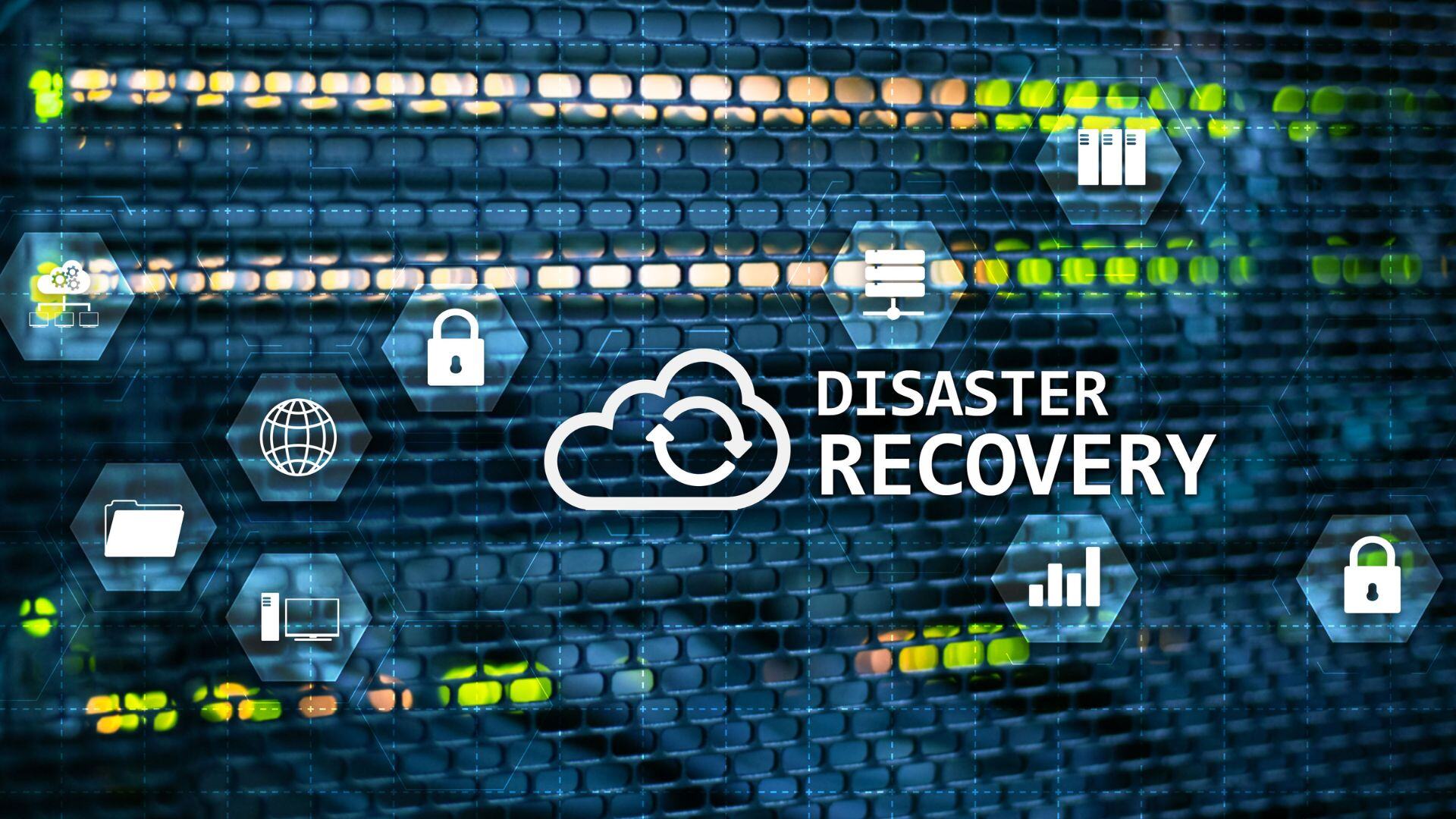5 Ways to Securing VPNs and Remote Desktops
It’s no secret that remote work has become the new norm for us. As companies begin making the shift to digital, the security of Virtual Private Networks (VPNs) and remote desktops is a must-have system. They provide employees with access to sensitive company information from anywhere at any time, making them a huge target for cyber threats. At Bizco, we understand the importance of protecting your remote operations. Here are five ways to secure your VPNs and Remote Desktops:
1. Use Multi-Factor Authentication (MFA)
The first line of defense against unauthorized access is implementing multi-factor authentication (MFA). MFA requires users to have additional verification beyond just a password, such as a fingerprint scan, a one-time code sent to their mobile device, or facial recognition. Adding this extra layer of security significantly reduces the risk of unauthorized access, even if your passwords are stolen.
2. Regularly Update and Patch Systems
Hackers typically will take advantage of outdated software to get access to targeted networks. It’s important to regularly update and repair your VPN and remote desktop systems to keep control over your networks. Make it a priority to learn about the latest security patches offered by your software vendors and immediately apply them to your own systems. This can block any cybercriminals from accessing your private information and keep your mind at ease from any potential risks.
.jpg?width=828&height=466&name=5%20Ways%20to%20Securing%20VPNs%20and%20Remote%20Desktops%20May%202024%20(2).jpg)
3. Enforce Strong Password Policies
A common entry point for cyberattacks is the use of weak passwords. Creating strong passwords that are also unique will increase the security of your network connections. When creating a password, try following the platform's password policy. That policy may be a required a minimum length, a combination of letters, numbers, and special characters, or even suggesting regular password changes. As a company, you should teach your employees about the importance of creating complex passwords and consider using password management tools to easily store your passwords.
4. Monitor and Analyze Your Network Traffic
Continuously monitoring and analyzing the traffic your network has is going to play a huge role in catching any security threats as early as possible. Using intrusion detection and prevention systems (IDPS) can help you spot suspicious activity and take proactive actions to reduce potential risks. You could also figure out a logging system that works best for your company, which would allow you to track user activity and investigate security incidents, should they occur.
5. Segment Network Access
Segmenting network access means splitting up your network into smaller pieces. Doing so can limit the flow of traffic between different parts of your organization. The perk of dividing your network is that you can stop an unauthorized user from getting access to your data and causing any damage. Applying access controls and firewalls between network segments can also add an extra layer of security, especially for remote access points like your VPNs and remote desktops.
Protect Your Company Data by Securing VPN’s and Remote Desktops
Securing VPNs and remote desktops is an important step in protecting your organization’s sensitive data and workflow from cyber threats. By applying these five strategies – multi-factor authentication, regular updates and patches, strong password policies, network segmentation, and proactive monitoring – you can significantly increase the security of your digital foundations. Bizco is fully committed to helping you safeguard your digital assets and maintain a secure remote work environment - we won't let your IT issues slip through the cracks. Contact us today to protect your network from data breaches and threats.

.jpg?width=827&height=551&name=5%20Ways%20to%20Securing%20VPNs%20and%20Remote%20Desktops%20May%202024%20(1).jpg)


%20(1)-1.png?width=150&height=150&name=Award%20Winner%20Banners%20(Email%20Signature)%20(1)-1.png)


